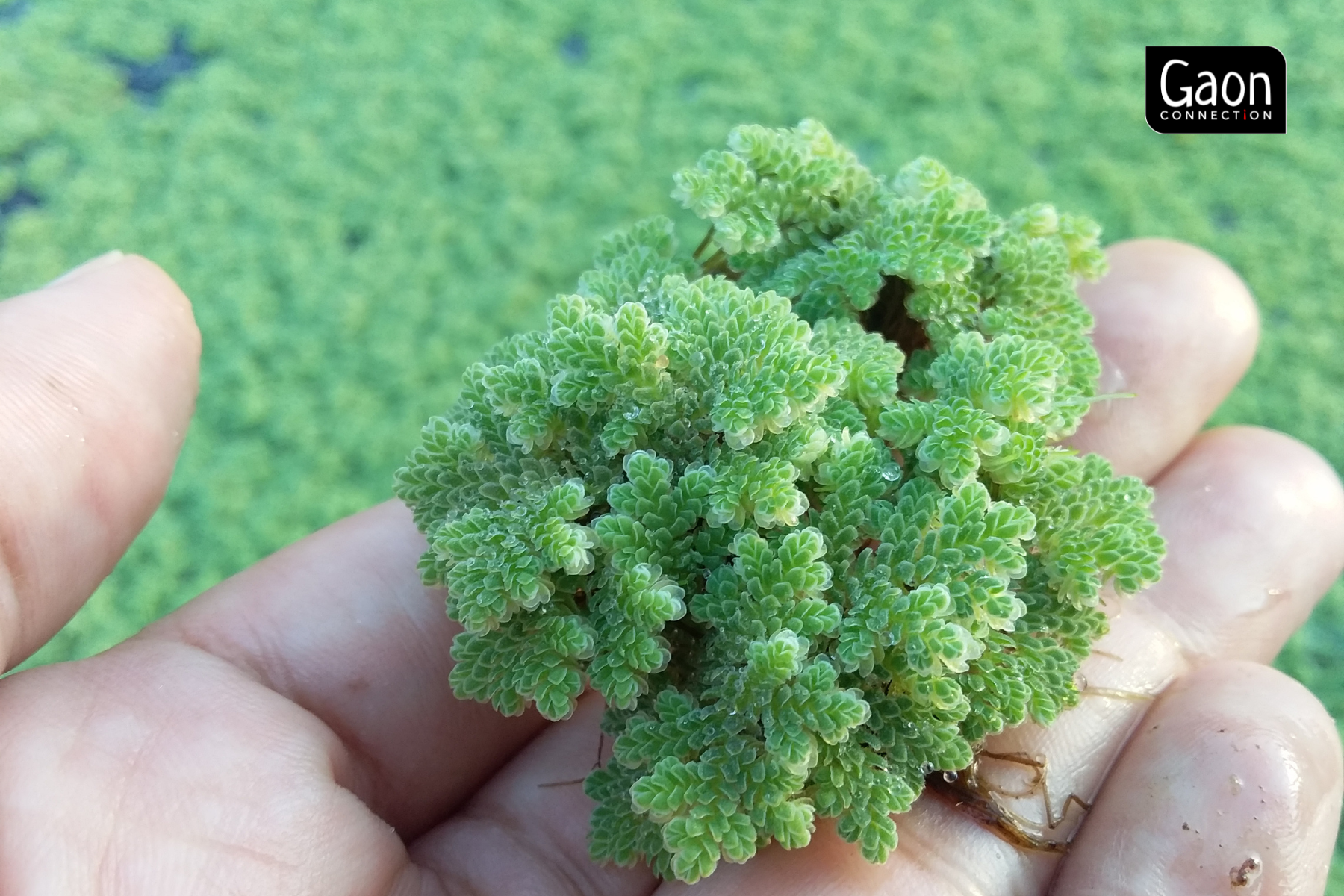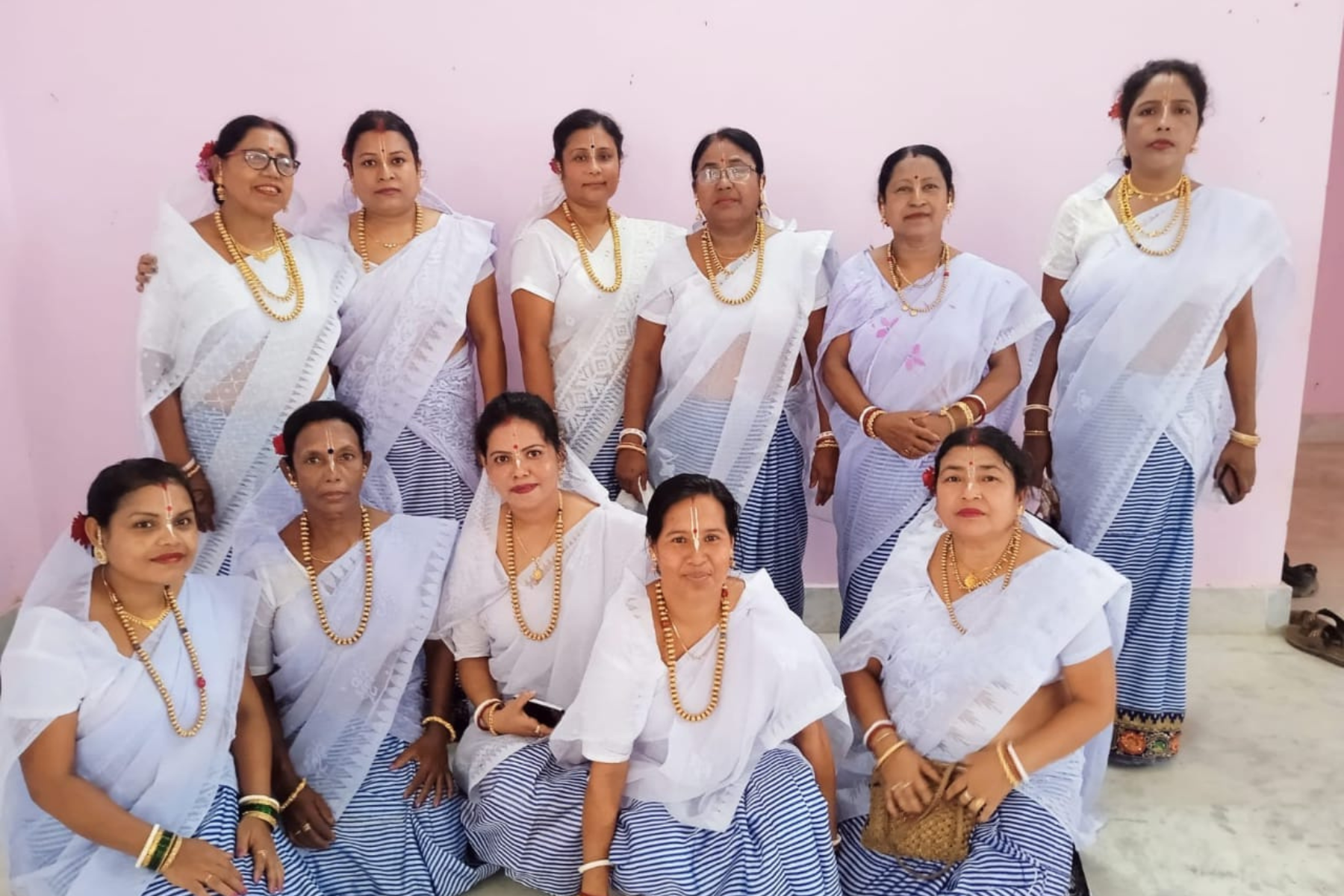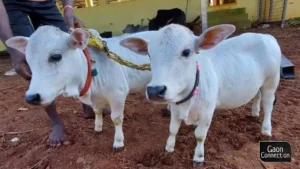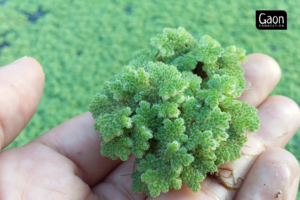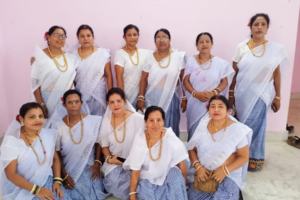Of the many stories relating to Shiva narrated during the Madhushravani festivities, annually held during the monsoon, one goes thus: Once, he and Parvati, lost in love, were playing in the water. In a while, Shiva placed his semen on the leaves of five lotuses. Five Nagakanyas were born of this and Shiva stepped out often to spend time with his daughters. Once, Parvati, who did not know any of this, spotted him playing with the girls, got angry and raised her foot to crush them. That’s when Shiva revealed the truth.
If these daughters were born of love, another version says that they were created from Shiva’s hair that fell into the water of Sonada lake when he was having a bath. They were born as lotuses, and he wanted to see them in their real form. Thus emerged Jaya Bishari, Dhothila Bhavani, Padmavathi, Mynah Bishari and Manasa Bishari.
In the folk cultures of states such as Bihar, West Bengal and Odisha, Shiva’s daughters are revered as snake goddesses and worshipped fervently during the monsoon. In the neighbouring country of Bangladesh, another story of intrigue from the Shivapuran, that of Behula, the devout wife who travelled to the heavens on a raft to successfully save her husband Lakhindar after a snake-bite, is narrated during this festivity. It is performed as a play, on boats to appease snake goddess Manasa.
How many of us even know that Shiva had daughters, not just two sons in the form of Karthik and Ganesh?
Some years ago, Delhi-based Madhubani artist Manisha Jha, 49, started documenting the Madhushravani tradition along with its attendant details. Madhubani Art Centre in Delhi, an organisation run by Manisha, is all set to publish the book in Maithili and English, which features 100 paintings, 45 sketches, folktales, Maithili folk songs and description of rituals. The 162-page hardbound book is priced at Rs 2,500 and is scheduled to release in a month.
Shalini Karn, a 27-year-old Madhubani artist from Ranchi in Jharkhand (Jharkhand was a part of Bihar till 2000), hadn’t heard of this story until she celebrated the Madhushravani ritual as a new bride last year. During the festival, one of the major ones in the region held annually during the monsoon, she heard many unknown folktales of Mithilanchal, each of which fused devotion, culture and ecology into a story.
Recalling the festivities, Karn who is also a Madhubani artist said, “As my maternal home is in Madhubani, Bihar, I went there to perform the ritual, which is particularly special for newly-married women. I reconnected with family and relatives; it was a lot of fun.” Once there, she was not allowed to work. “I fasted for a day. I relaxed, dressed up well and participated in the rituals. A lady who knew various dant katha or folk tales, narrated stories related to Nature, gods and goddesses. There is a lot of learning hidden in these stories,” she said.
Madhushravani is celebrated over 13 days, with an elderly woman or bidkari presiding over the festivities, and narrating legends and stories every day. The brides visit their maternal homes where they fast and feast, dress up in all their finery and perform various pujas seeking a happy marriage. Various serpent gods and goddesses, the navagrah (nine planets) and Shiva-Parvati are propitiated by the family and relatives. The new brides team up with friends to pluck specific flowers and leaves such as Juhi (jasmine), Purain ka patta (lotus leaf), Maina ka patta (Taro or Arbi plant) to be used in the ritual and offered to gods.
Over a phone call from Ranchi, Karn said the age-old tradition has continued to thrive. “I love everything about the festival except for the part where the bride is touched with a burning substance. But, over the years, things have changed. Now, they just bring an oil lamp close to her before moving it away,” she explained.
At face value, Madhushravani is ostensibly about a bride praying for a blissful new phase in her life, but at its core, there are a multitude of hidden, subtle nuances.
“For me, Madhubani is an amalgamation of kala-katha-vrat [art, stories and fast/resolve]. It is so rooted in the culture it comes from. I felt that unless we know and understand the culture, our knowledge about this art form will remain superficial, which is why I started documenting this ritual,” said Jha, who also performed the ritual soon after getting married.
The 100 paintings capture different features of the ritual. Some paintings draw from the 15 stories of snake goddess Manasa, of Mangala-Gauri, Samudra Manthan (churning of the Ocean), and the birth of Earth in both Kachni and Bharni styles of Madhubani – narrated on each day of the festivities. While the Kachni style is characterised by monochromatic line work, Bharni is about shading.
The works in the book are painted by Jha, sourced from her collection and that of the Indira Gandhi National Centre for the Arts (IGNCA) and also has works by master artists such as Bimala Dutt and Padma Shri awardee Bauva Devi.
Devi’s work depicts the story of Mauna Panchami, narrated on the first day of the festival. Divided into two parts, the upper half features the various characters of the story, and the lower half presents the water world and the birth of the five snake sisters.
“The beauty of this ritual is that though the focus is on the newly married girl, it imparts knowledge about Nature, women empowerment and society. There are so many stories around snakes, about plants, trees, flowers,” said Jha. Many rituals take place around the Maina ka patta. “On five leaves, five serpents are drawn with vermillion, kohl, sandal and rice paste.The message is of co-existence and instilling love and respect for our ecology,” she added.
The Madhushravani festival also underlines the importance of relationships and the respect a new entrant to the family deserves. “The bride stays with her parents and, in some communities, even the husband goes and stays with her. It is a time for bonding. The in-laws send clothes and food for her and her parents,” she said.
Jha related a fun story about Shiva’s sister Asavari, which is also part of the book.
Parvati, feeling lonely in Kailash hills, requested Shiva for a sister-in-law with whom she could share her feelings. “Lord Shiva created Ashavari on her insistence. Asavari would play pranks on Parvati. She had cracks in her heels that were so huge, she once hid Parvati inside them when Shiva came looking for her. He could not find her.”
The artist has also included a few folk songs sung on the occasion in the book. Sample this song dedicated to Bishari, the snake goddess who is believed to save people bitten by a snake.
Purainik patta, jhilmil latta, tahi chade baisali Bishari mata
Haath supari khoicha paan Bishari karti shubh kalyan
(Goddess Bisahari, seated on a lotus leaf, holding a betel nut in hand and paan in the pallu of her sari, showers us with her blessings.)
“I have also painted the aripan, a floor decoration like rangoli, but for people to understand the concept and the ritual better, I did it on canvas. It is in the book,” elaborated Jha.
The book is bilingual so that many non-Maithili speakers and youngsters can read it. Having documented the ritual in its entirety, Jha also intends her book to be used as a resource book by scholars for further research.
Septuagenarian Bimala Dutt is glad Jha has made this effort. On a phone call from Madhubani, considered the hub of Madhubani or Mithila art, the veteran artist said: “I performed the Madhushravani ritual. My daughters-in-law did it, my daughters did it. It goes on. Women who are working and can’t take leave to go to their hometown do it wherever they are. This documentation will increase the reach, understanding and awareness of Madhushravani.”


